Ever seen an old camera at a thrift of antique store and wondered whether it was practical or even possible to use it?
Many old cameras are left lying around junk stores that could provide fun/interesting photo opportunities and experiences. A lot of these old cameras are perfectly usable, some are more practical than others, some are even worth a little money; but often times its the cheap or strange cameras that provide the most fun.
Here are some of the possible, older, cameras you might find in an average antique/thrift store.

These cameras are of course of varying film sizes, and not all film types are still available, I pulled these out because they are some of the most common film types that you'll find.
The easiest film types are of course 35 MM, you can find it anywhere, even in the year 2017, it can be developed everywhere film is developed (I don't know where you live so you'll have to google that one yourself).

What else can you easily get your hands on?
120 film cameras, this may be a crude 120 camera, but 120 cameras are, well, the best. And finding a nice shape, non-plastic 120 camera is a real find. Test it, buy it, sell it to me. 120 can be bought at any camera specific store chain, be processed at most major film processing service providers (excluding Walgreen, Walmart, etc), and provides a larger negative for the clearest photo.
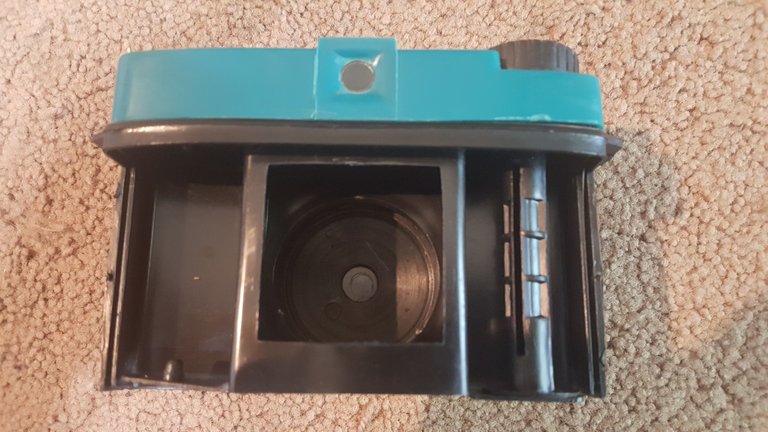
What else?
These next two may surprise you. First off, is a personal favorite, the Polaroid Land Camera. It looks old, isn't really THAT old, you can get it's film just about anywhere 120 is sold (about $10+ a pack, 10 shots per pack, dollar per shot), and without needing to process it you save on that pain. The photos take a little longer to develop than the Polaroids that most people are used to, but the prints look much better.

What's left?
Well there's 127 film cameras. 127 film is very close to 35 mm, except that it'll come on a roll. It can be bought, mostly from off line, and at not bad prices either. Most camera specific stores will develop it for you as well. 127 cameras are often old, like older than the Polaroid land camera, I own several from pre 1940. They have been made since late 19teens. The film is kind of like the 35 mm size equivalent of 120 film.

Here's the comparison of the 127 and 120 film backs

One other camera that you can both get the film, have it developed and scanned, is 110. Although finding a place to do it isn't always easy. Most camera specific stores should do it, no guarantees. 110 cameras, in general, are basic point and shoots, with film that comes in a cartridge for easy loading. The negative is smaller than 35mm though.


What types of cameras should you avoid?
Any film type larger than 120. Developing may not cost an arm and a leg but the negative scans certainly do. If the camera has a large and completely open film back, but does not say it's 120, you probably want to avoid it. Example:

There are also 620 film cameras. Avoid. Not all cameras that look like this are 620 but this one is. The thing about 620 cameras though, if you're dying to use one, is that, often times, 120 film spools, if filed down might fit inside and thus letting you use 120 film in a 620 camera. I've done this and don't exactly recommend having to rely on it.

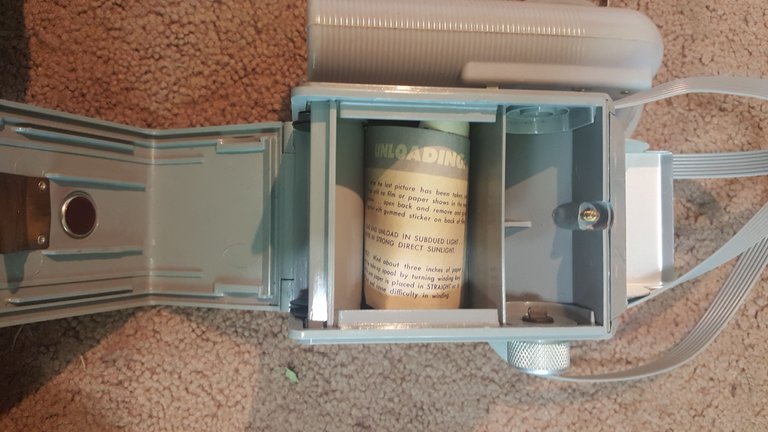
The last film type I'm going to discuss, a personal favorite, one that you used to be able to get 5-7 years ago, and one that if you can find a cartridge and are desperate to use it you can work around. That's 126 film. similar to 110, in that it comes in a cartridge, but this is 35mm film in a cartridge. You can still get it developed and scanned, you just can't find it. If you wanttttt, you can carefully re-spool 35 mm into the cartridge to try and use the cameras. Some are really neat. most are point and shoots.
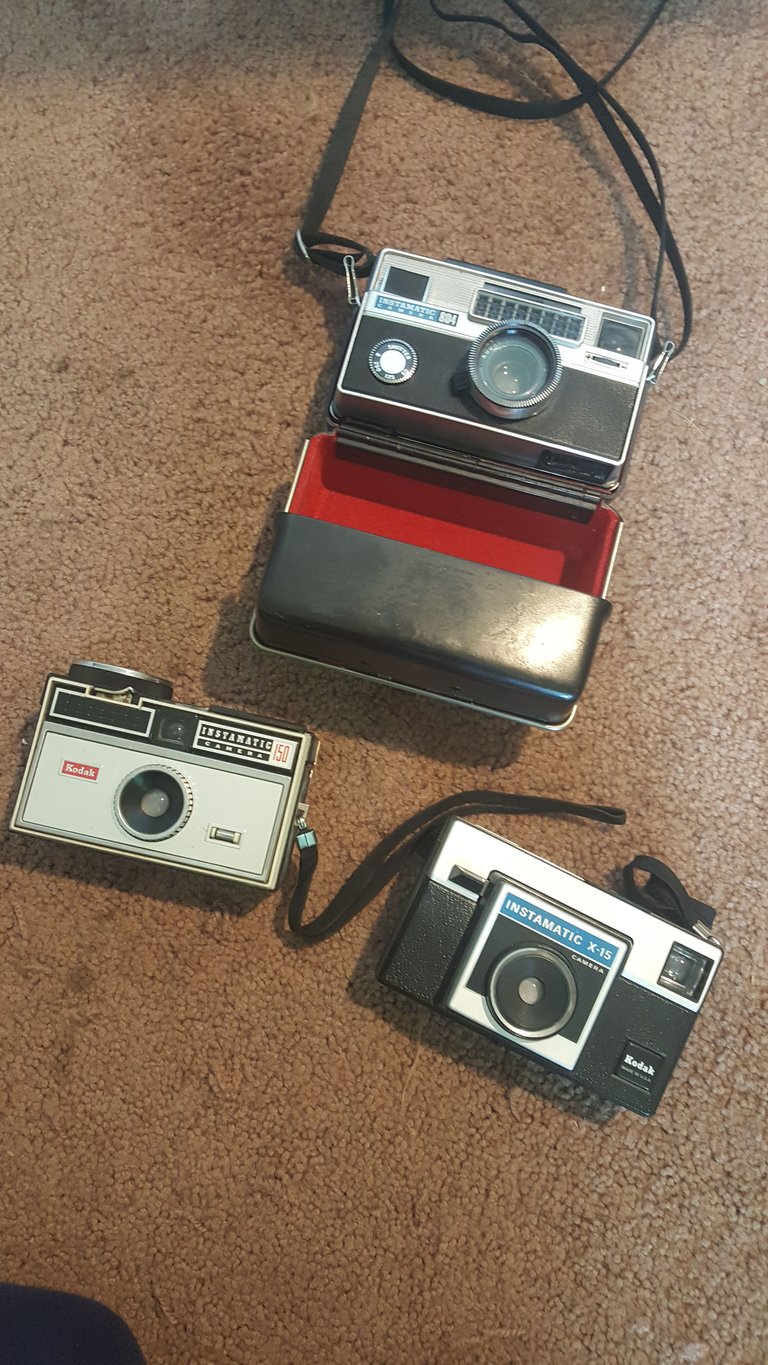
Okay so you know about the film types for cameras; want: 35, 120, 126, Polaroid land, 110.
What else do you need to know?
What should you test?
Well the most important thing to test is the shutter. open and fire the camera, you may need to wind it, you may need to push down a little lever to set the shutter into a ready position. But what you want is light:

So the shutter works?!?! Awesome, a camera is pretty much a box with a hole, so as long as the box is tight and the hole opens, you have a camera. 1960's onward models will have light insulator that you should check the shape of, note the deterioration of this amazing camera:

Okay, so we have a light box, how does it work, will it be difficult to use?
It is unlikely that you will find semi-modern SLR, but if you do, check the shutter, and if the light meter isn't working (should be a little meter in the corner, when you look through the view finder, that changes when you point the camera towards a light source or towards the shadow), you probably just need a new battery, but without one on you you can't be sure it the camera will work completely.
But the great majority of antique cameras don't use a light meter. What they do have is the shutter speed, test it, change it from it's highest to lowest settings, listen and watch the shutter, there should be a noticeable difference. Shutter speed dials:
(The "B" setting means the shutter is open as long as the hold down its trigger)

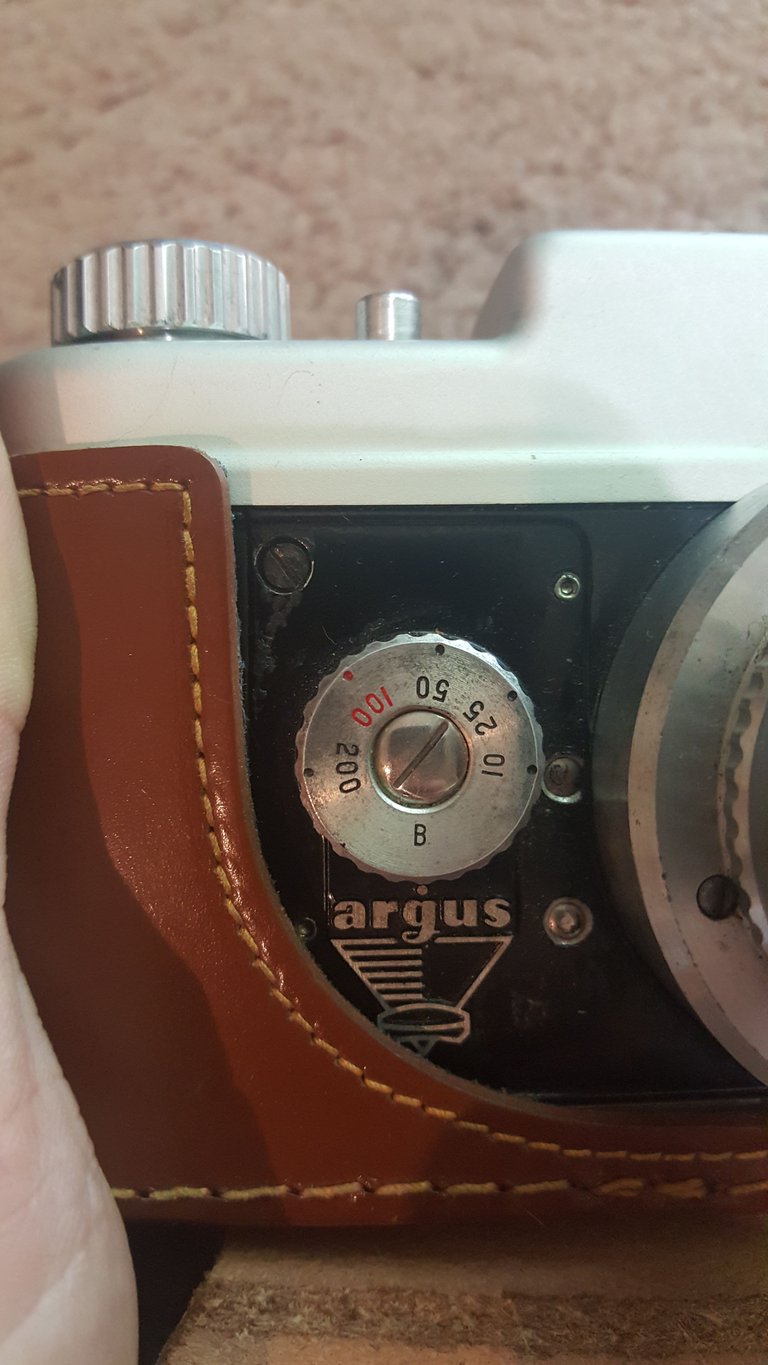
Next, what kind of focus does my camera have?
Focus by preset distance?
Some have numbers some have images to depict the distance



Some cameras are what are known as range finders, they're neat. In the view finder of a range finder, you see 2 images, when they are matched up the photo will be in focus, neat, huh?

A lot of old cameras are fixed focus, "point and shoot" cameras. These have little to no focus adjustment and usually focus around 8-10 feet for a candid shot.
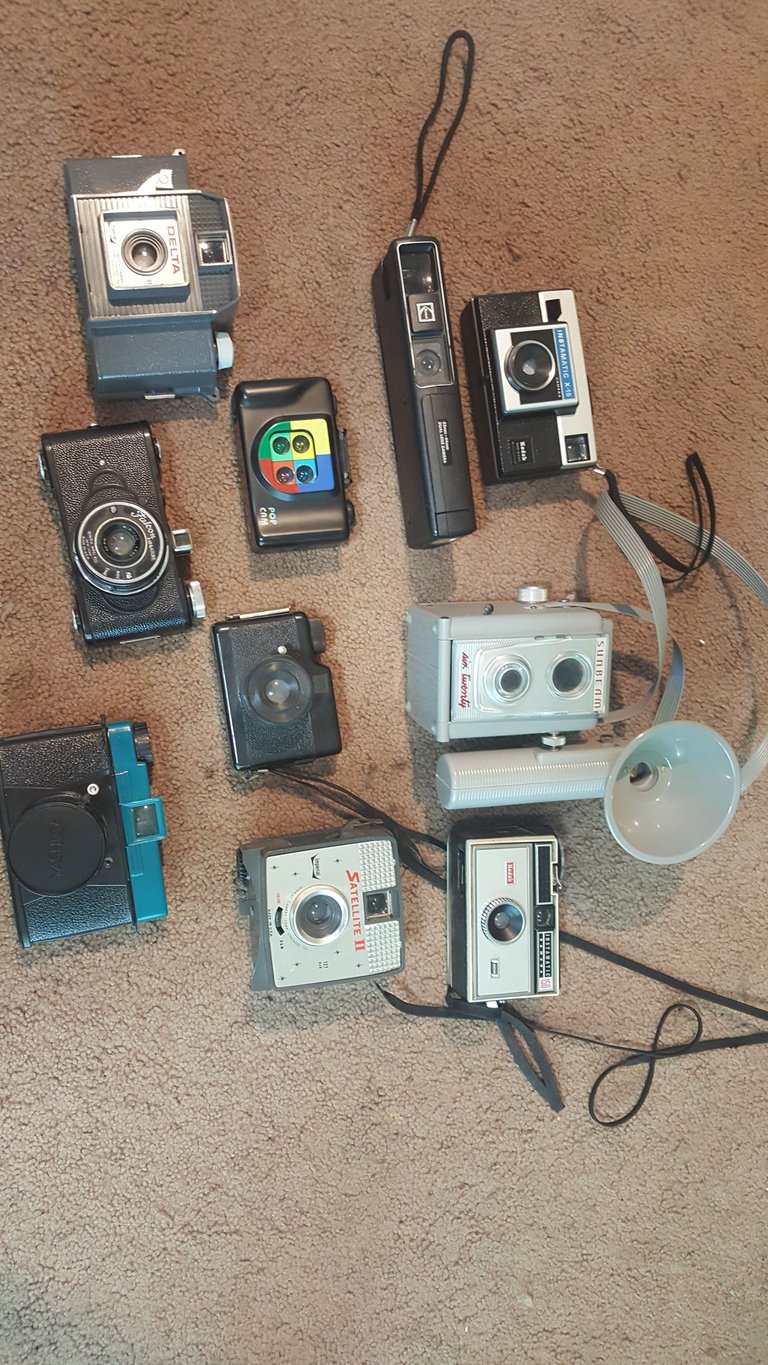
The final thing you need to know is, does you camera have an aperture setting?
The aperture is the size of the hole for light to come in, to test it, set the camera to B if you can and adjust it, watch the size of the hole. It usually is set on the front of an old lens such as:

So now you know what kind of camera you have, you have tested the shutter and the aperture. These old cameras are a blast, and can easily be used, all you really need for professional use of these cameras is a light meter, which aren't expensive these days, you can even get an app on your phone. I hope this was helpful and that it will encourage you to search your local thrift store for cameras.
This post received a 46% upvote from @randowhale thanks to @dannyboyjr! For more information, click here!
Great Job!!
Love vintage stuff. I wonder how the pictures will look like after using them.
Welcome to the platform, I wish everything work out for you. It’s not easy here but not difficult neither but just ask an extra effort, engagement is the key good luck I’m @goodaytraders Start by following people and they will do the same.
I loved reading this article! I have several old cameras myself, but I don't use them. I just collect them. I have a DSLR for my shooting. After reading this, I'm curious to try them and see if any of them still work!
Do it! Shooting old cameras is a blast!
I followed you too. I'd like to see what else you post!
Wow, brings back memories
Wow, i love vintage stuff, but, i don't have it.
I wish, i can buy vintage stuff, someday.
Awesome--thanks for sharing! Can you provide any advice on smart cameras? Or, do you happen to know anything about cctv lenses? Thanks :)
These cameras look great
Congratulations @epilogues! You received a personal award!
You can view your badges on your Steem Board and compare to others on the Steem Ranking
Vote for @Steemitboard as a witness to get one more award and increased upvotes!